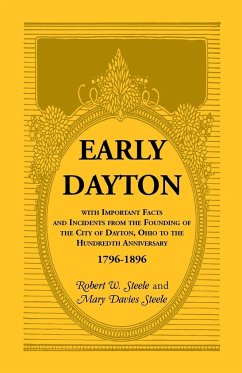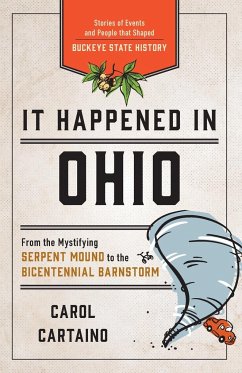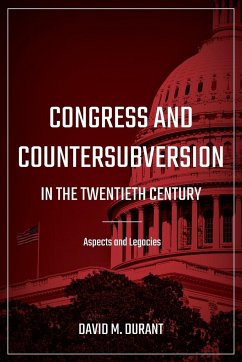
Dayton in the 20th Century
Versandkostenfrei!
Versandfertig in 1-2 Wochen
16,99 €
inkl. MwSt.

PAYBACK Punkte
8 °P sammeln!
Beginning at the opening of the 20th century as Dayton, Ohio was becoming an industrial powerhouse, the text initially focuses on the city's economic growth and the changing and vibrant downtown made possible by a growing industrial base. Although the city was victimized by an early lack of planning and continued poor housing, the principal theme of the book is that the overarching set back to Dayton was its failure to adequately annex surrounding territory. Consequently, the city's small physical growth led to significant losses of its industry and wealth, as companies settled outside the cit...
Beginning at the opening of the 20th century as Dayton, Ohio was becoming an industrial powerhouse, the text initially focuses on the city's economic growth and the changing and vibrant downtown made possible by a growing industrial base. Although the city was victimized by an early lack of planning and continued poor housing, the principal theme of the book is that the overarching set back to Dayton was its failure to adequately annex surrounding territory. Consequently, the city's small physical growth led to significant losses of its industry and wealth, as companies settled outside the city boundaries. In this context both the downtown and the neighborhoods declined. Moreover, Dayton's failure to expand meant that it could not plan over a wide area, which led to private developers controlling the direction of growth, to the dominance of sprawl, and to the balkanization of governments. But if Dayton was not to regain its industrial strength or to meaningfully to increase its size, it could still become a better though a different city. The persistent interest and drive by both the public and private sectors to improve neighborhoods and the business, housing and cultural life of the downtown forms a second theme of the book.














